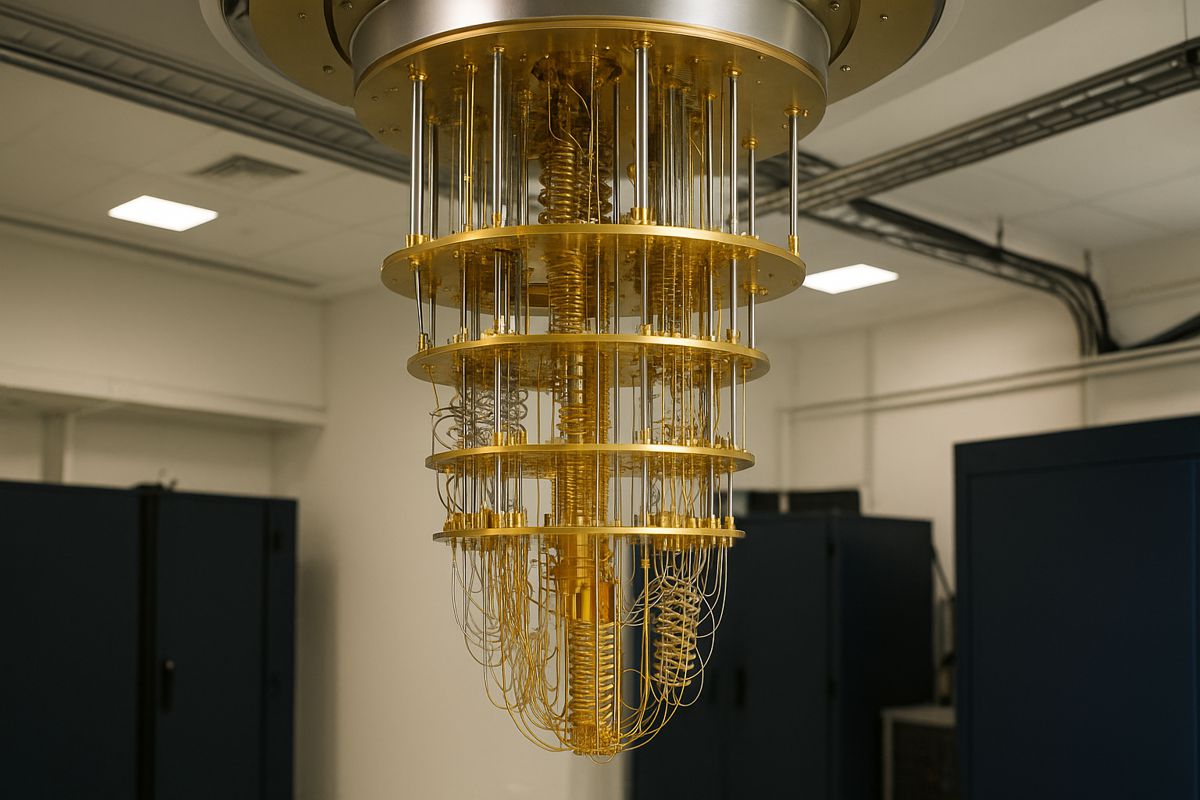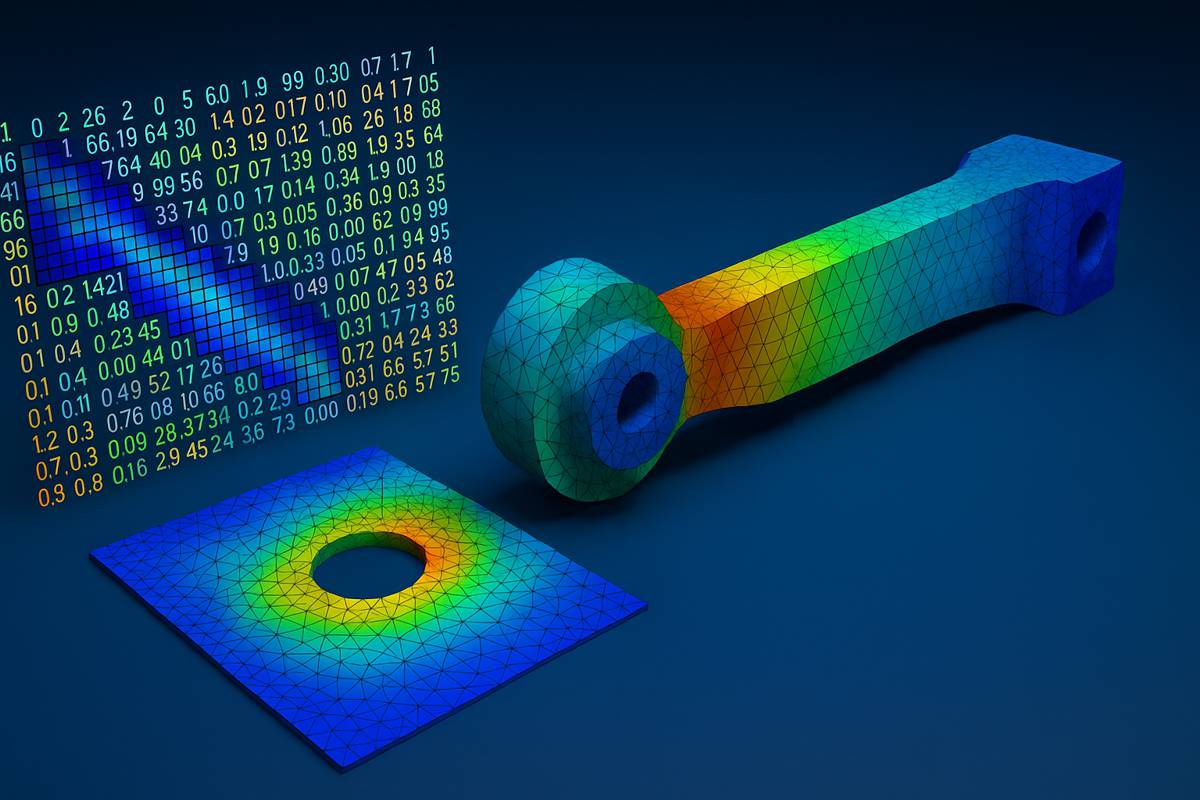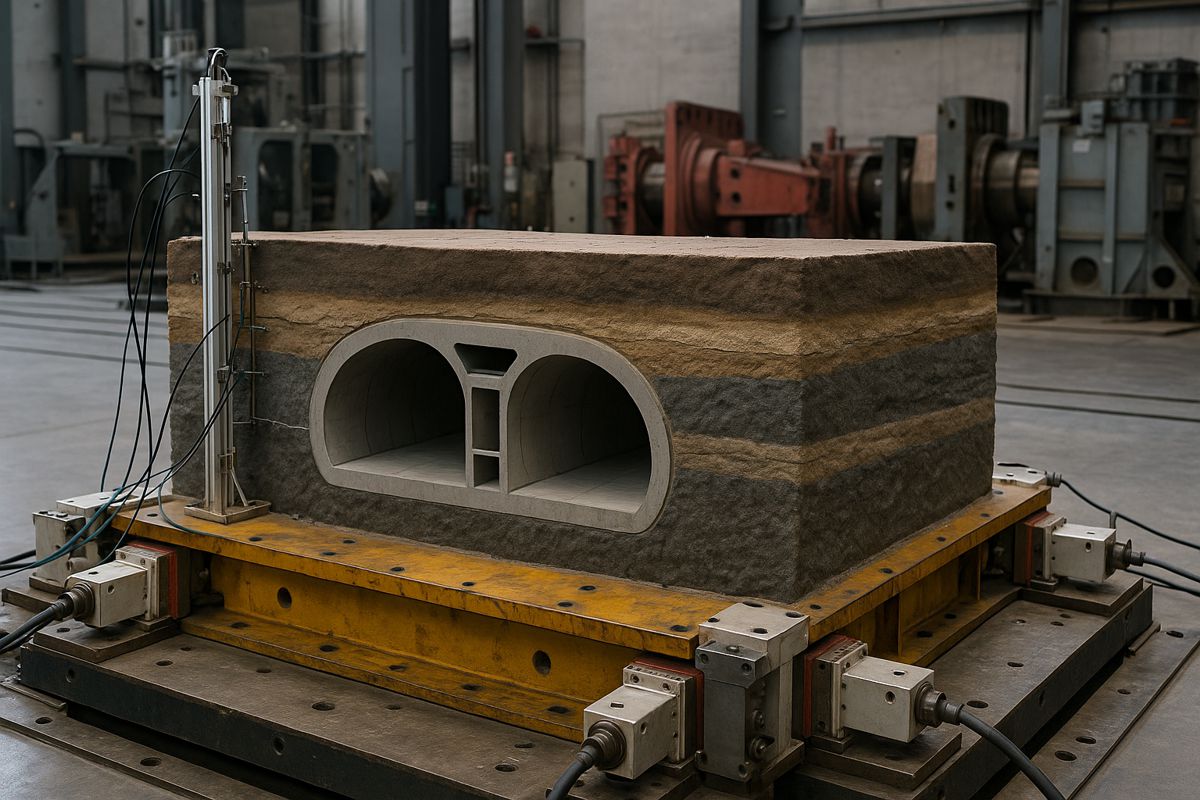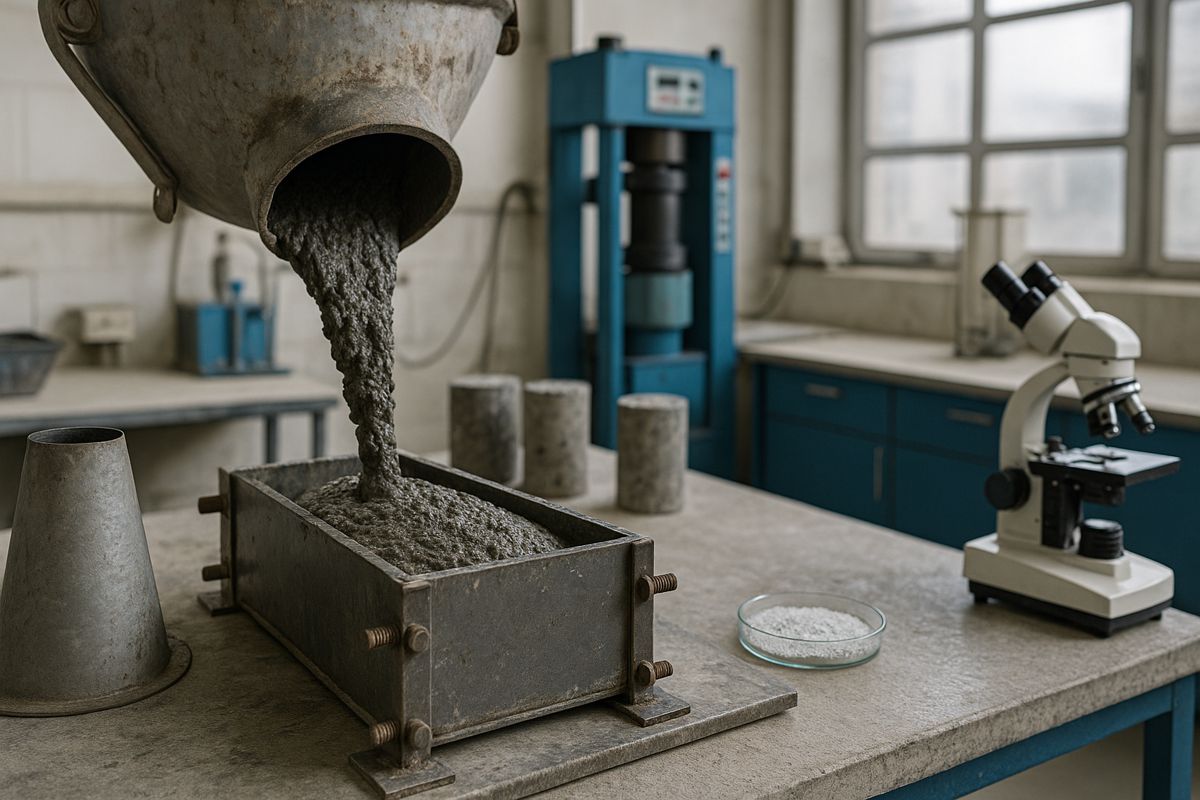Tongji University Advances Sustainable Reactive Powder Concrete
The construction industry faces a growing dilemma: the sheer scale of waste generated from demolition, renovation, and new builds is spiralling out of control.
Traditional landfill disposal, once seen as a necessary evil, now poses a dual problem, environmental degradation and the depletion of valuable land resources. Yet, within this challenge lies an opportunity. Researchers at Tongji University in China have been exploring a new frontier in sustainable building materials by transforming construction waste into recycled powder (RP) for use in reactive powder concrete (RPC).
RPC is already recognised as an ultra-high-performance concrete known for its remarkable compressive strength, durability, and low porosity. However, conventional RPC production relies heavily on high cement content and energy-intensive curing methods. The introduction of recycled powder as a partial cement replacement could be a game-changer, offering both environmental and economic benefits. Until now, though, the mechanical properties and stress–strain behaviour of RPC incorporating RP have remained underexplored.
Groundbreaking Research from Tongji University
In a study titled Stress–strain relationship for reactive powder concrete with recycled powder under uniaxial compression, a team from the College of Civil Engineering and the Key Laboratory of Performance Evolution and Control for Engineering Structures of the Ministry of Education at Tongji University has tackled this issue head-on. The researchers, led by Peng Zhu, Yunming Zhu, Wenjun Qu, and Liyu Xie, conducted an in-depth investigation into how varying proportions of recycled powder, silica fume, and steel fibres influence RPC’s mechanical performance.
The team designed and tested multiple RPC mixtures where recycled powder replaced part of the cement, and natural sand was substituted for quartz. Unlike traditional RPC, which often uses steam curing, this research adopted standard curing conditions, aligning more closely with real-world construction scenarios.
Investigating Key Material Interactions
Through systematic experimentation, the researchers explored how three primary factors affect the performance of RPC:
- Recycled Powder Replacement Ratio (0–30%)
- Silica Fume Content (10–20%)
- Steel Fibre Proportion (0–2%)
They evaluated the resulting concrete’s compressive strength, elastic modulus, relative absorption energy, and stress–strain characteristics. Under uniaxial compression, the team also observed failure modes and microstructural changes, revealing how these materials interact under stress.
Quantifying the Impact of Recycled Powder
The findings were both insightful and cautionary. As the proportion of recycled powder increased from 0% to 30%, the compressive strength of the RPC specimens dropped by about 42%, while the elastic modulus declined by roughly 24%. The researchers attributed this reduction to the lower reactivity of recycled powder compared to cement, which diminishes the binding efficiency within the concrete matrix.
However, these reductions don’t spell the end for RP in RPC. The researchers highlighted that when carefully optimised, the environmental and cost savings can outweigh the mechanical compromises, especially in non-structural or secondary applications. Moreover, combining RP with other reactive additives, such as silica fume, can mitigate some of these drawbacks.
Strengthening the Mix
Silica fume, a by-product of silicon metal production, is a well-known supplementary cementitious material prized for its pozzolanic properties. When its proportion in the mix increased from 10% to 20%, the compressive strength of RPC rose significantly, even though the elastic modulus saw a slight decrease.
The study suggests that silica fume enhances the microstructure by filling voids and promoting the formation of additional calcium silicate hydrate (C-S-H) gel, the primary binder responsible for concrete’s strength. The slight drop in elastic modulus indicates a denser but slightly more flexible matrix, a balance often sought after in high-performance concretes.
Boosting Ductility and Energy Absorption
The inclusion of steel fibres proved crucial in enhancing the toughness and post-cracking behaviour of the RPC. As the steel fibre proportion rose from 0% to 2%, both the compressive strength and elastic modulus exhibited notable gains. The fibres act as micro-reinforcements, bridging cracks and redistributing stress throughout the material.
Interestingly, the study found that the relative absorption energy, a measure of the material’s capacity to absorb energy before failure, initially increased with the steel fibre content but then slightly declined beyond an optimal threshold. This indicates that excessive fibre addition could hinder workability or lead to non-uniform stress distribution.
Building a Theoretical Framework
Beyond the experimental results, the research team developed theoretical models for predicting the compressive strength, elastic modulus, and relative absorption energy of RPC with recycled powder. These models form the foundation for a new constitutive model describing the uniaxial compressive stress–strain relationship.
This advancement is particularly important for engineers and materials scientists, as it bridges the gap between laboratory experimentation and practical application. Having a reliable predictive framework allows designers to anticipate how different material compositions will perform under load, facilitating more sustainable design choices without compromising safety.
Environmental and Industry Implications
The environmental implications of this research are significant. By replacing a portion of cement with recycled powder, the carbon footprint of RPC production can be substantially reduced. Cement manufacturing is responsible for approximately 8% of global CO2 emissions, so even partial substitution contributes meaningfully to decarbonisation goals.
Furthermore, the use of recycled construction waste promotes circular economy principles, minimising landfill dependency and conserving raw materials. As urban development accelerates, innovations like this are vital in steering the industry towards more sustainable and resilient practices.
Industry Applications and Future Outlook
The adoption of recycled powder in RPC isn’t limited to academic theory. In practical terms, this sustainable concrete could be used in:
- Precast components such as panels, pavements, or architectural elements.
- Repair and retrofit projects where ultra-high strength isn’t critical.
- Infrastructure applications prioritising environmental performance.
Future research could focus on improving the reactivity of recycled powder through chemical activation or finer grinding, as well as hybridising it with other industrial by-products like fly ash, slag, or metakaolin.
As the study’s authors noted: “These findings provide important theoretical support for the formulation of relevant standards for reactive powder concrete with recycled powder and promote its industrial production and engineering application.”
A Step Toward Greener Construction
The work from Tongji University underscores an essential truth: sustainability in construction doesn’t have to come at the expense of performance. By reimagining waste as a resource and integrating advanced materials science, the industry can move closer to achieving its net-zero ambitions.
For engineers, researchers, and policymakers, this study offers both a blueprint and a challenge, to continue pushing the boundaries of what’s possible with concrete, ensuring that the material shaping our cities also safeguards our planet.




















